The demand for conversational interfaces is exploding as businesses realize their potential for customer engagement, sales, and support.
While Google's Dialogflow has dominated as the platform of choice for natural language chatbots, limitations exist, spurring the need for alternatives.
This comprehensive guide explores 7 robust options for creating conversational AI without Dialogflow.
You'll find capabilities comparison of leading tools like Rasa, IBM Watson, AWS Lex, Microsoft Bot Framework, and more - their technical architecture, ease of use, scalability, language support, deployment options, and other evaluation parameters.
Whether you are a chatbot developer looking to build voice assistants, virtual agents, or text-based bots, the possibilities have expanded beyond Dialogflow.
Discover which alternative aligns best with your use case - open-source power or managed cloud convenience, basic bot builder or full-fledged enterprise-grade solution?
Key highlights include sample projects for implementation clarity and cost analysis of commercial solutions.
By equipping yourself with an in-depth understanding of all noteworthy Dialogflow alternatives for launching AI assistance, you can make an informed choice based on unique business needs.
Criteria for Selecting Alternative Platforms
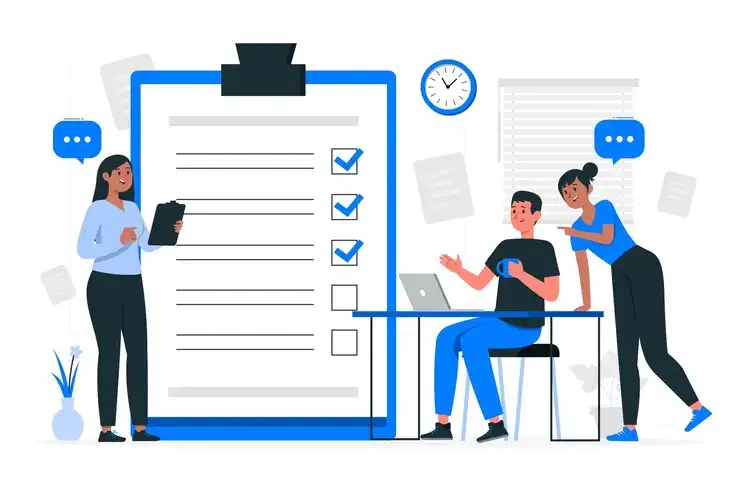
When selecting alternative platforms to Dialogflow for conversational AI, consider these criteria to ensure you make the best choice for your specific needs:
Functionality and Features
- Natural Language Processing (NLP): Evaluate the platform's NLP capabilities, including intent recognition, entity extraction, and contextual understanding.
- Customization and Flexibility: Assess the level of customization allowed in building conversational flows, logic, and integrations.
- Multimedia Support: Check if the platform supports multimedia content like images, videos, or voice interactions.
Analytics and Reporting
- Insight Generation: Look for analytics tools that provide actionable insights into user behavior, engagement, and performance metrics.
- Custom Reporting: Check if the platform allows customized reporting and data visualization tailored to your business needs.
Scalability and Performance
- Scalability: Assess the platform's ability to handle increased user interactions and adapt to growing needs without compromising performance.
- Reliability and Uptime: Ensure the platform offers reliable services with minimal downtime or disruptions.
Development and Support
- Developer Tools: Evaluate the availability and ease of developer tools, documentation, APIs, and SDKs for building and customizing bots.
- Support and Community: Check for a supportive user community, active forums, and reliable customer support for assistance and troubleshooting.
Security and Compliance
- Data Privacy: Ensure the platform complies with privacy regulations and offers robust security measures to protect user data.
- Compliance Standards: Check if the platform adheres to industry standards and regulations applicable to your business domain.
Cost and Pricing Model
- Cost Structure: Evaluate the pricing model, considering usage-based billing, subscription plans, and additional costs for premium features.
- Value for Money: Assess the overall value proposition, considering the platform's features and functionalities and how they align with your budget and ROI expectations.
User Experience and Interface
- Ease of Use: Consider the platform's user-friendly interface and tools, ensuring it aligns with your team's proficiency and usability requirements.
- Customer Feedback: Look for reviews, testimonials, or case studies to gauge user satisfaction and experiences with the platform.
Evaluating platforms against these criteria will help you pinpoint the best fit for your business requirements, ensuring that the selected conversational AI platform aligns with your goals, operational needs, and user expectations.
7 Alternatives to Dialogflow for Conversational AI
Here are seven alternatives to Dialogflow for conversational AI:
IBM Watson Assistant
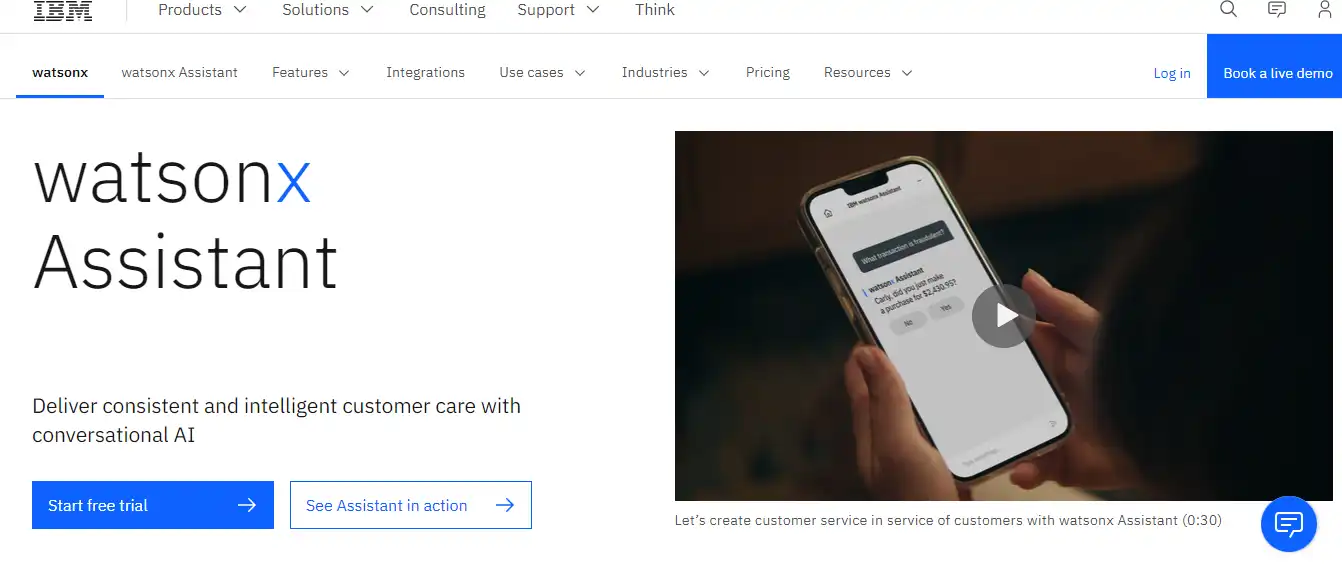
- Features: Boasts natural language understanding and machine learning capabilities. Easily integrates with Watson services, allowing for seamless functionality.
- Pricing: Typically based on usage and level of service. Offers a free tier with limited capabilities and paid plans with advanced features.
- Integration: Smooth integration with various platforms and services, expanding its versatility and applicability.
Amazon Lex
- Features: Stands out with automatic speech recognition, strong natural language understanding, and ties into the broader AWS ecosystem.
- Pricing: Generally billed based on the number of text or voice requests processed and additional charges for specific services.
- Use Cases: Suited for applications requiring voice interactions or embedded within Amazon's services.
Microsoft Bot Framework
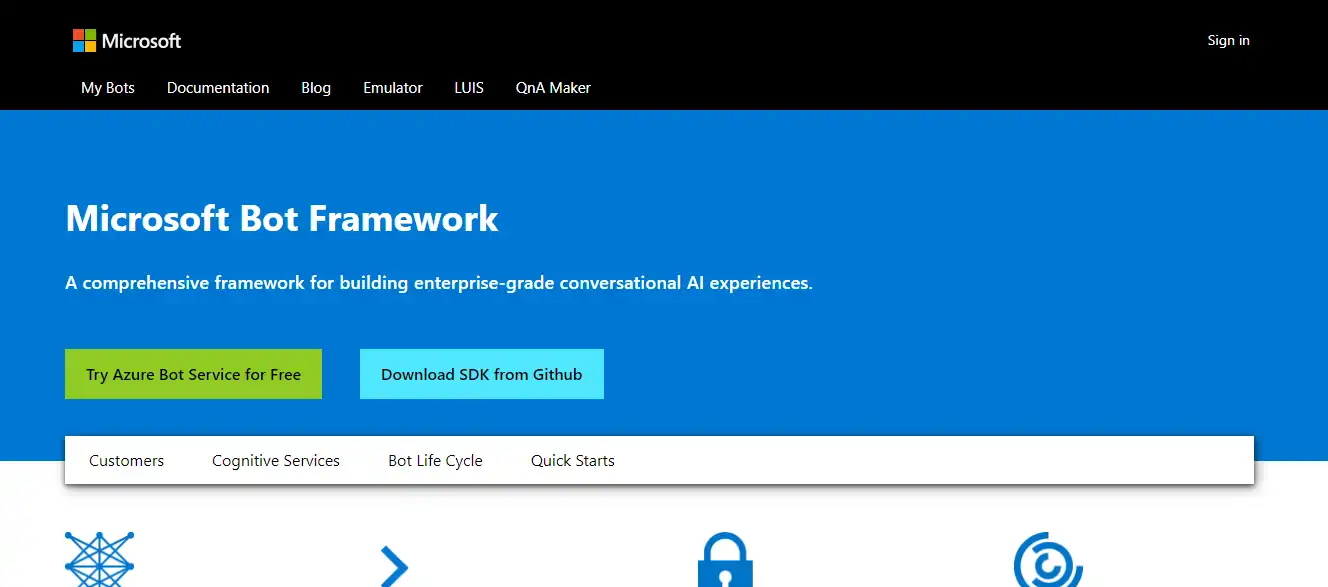
- Features: Known for its intelligent conversational agents, leveraging Azure services and development tools for robust functionality.
- Pricing: Depending on the services utilized, pricing models differ, often based on usage and specific features accessed.
- Support: Backed by a strong community and support resources, fostering a collaborative environment.
Rasa Open Source
- Features: Offers intent recognition, entity extraction, and flexible dialogue management, appealing to developers seeking customization.
- Flexibility: Being open-source allows for extensive customization, making it suitable for highly tailored conversational AI solutions.
- Community: Supported by an active and growing community, providing resources and assistance.
BotPress
- Features: Employ natural language understanding, a visual flow builder, and versatile integration capabilities.
- Pricing: Known for its open-source nature, offering free access and additional enterprise features via subscription models.
- Community: Benefits from an engaged community, offering support and contributions.
Botstar
- Features: Offers a user-friendly drag-and-drop flow builder, multi-language support, and integration options.
- Pricing: Typically tiered based on features and usage, often with free plans or trials for exploration.
- Use Cases: Ideal for users seeking ease of use without compromising functionality.
Tars
- Features: Specializes in lead generation and customer support, utilizing AI-powered conversation design and CRM integration.
- Pricing: Generally based on usage and functionality, catering to businesses aiming for lead generation through conversational AI.
- Use Cases: Suited for businesses targeting customer interactions for lead capture and support.
And taking your first step toward chatbot integration isn't that tough. Meet BotPenguin- the home of chatbot solutions. With all the heavy work of chatbot development already done for you, move forward to setting up a top-notch chatbot for your business with features like:
- Marketing Automation
- WhatsApp Automation
- Customer Support
- Lead Generation
- Facebook Automation
- Appointment Booking
Comparison of the Alternatives
Here's a comparison of the alternatives to Dialogflow for conversational AI based on various aspects:
IBM Watson Assistant
- Strengths: Strong natural language understanding, machine learning capabilities, and robust integration with Watson services.
- Considerations: Potentially higher learning curve; pricing structure might be complex based on usage tiers.
Amazon Lex
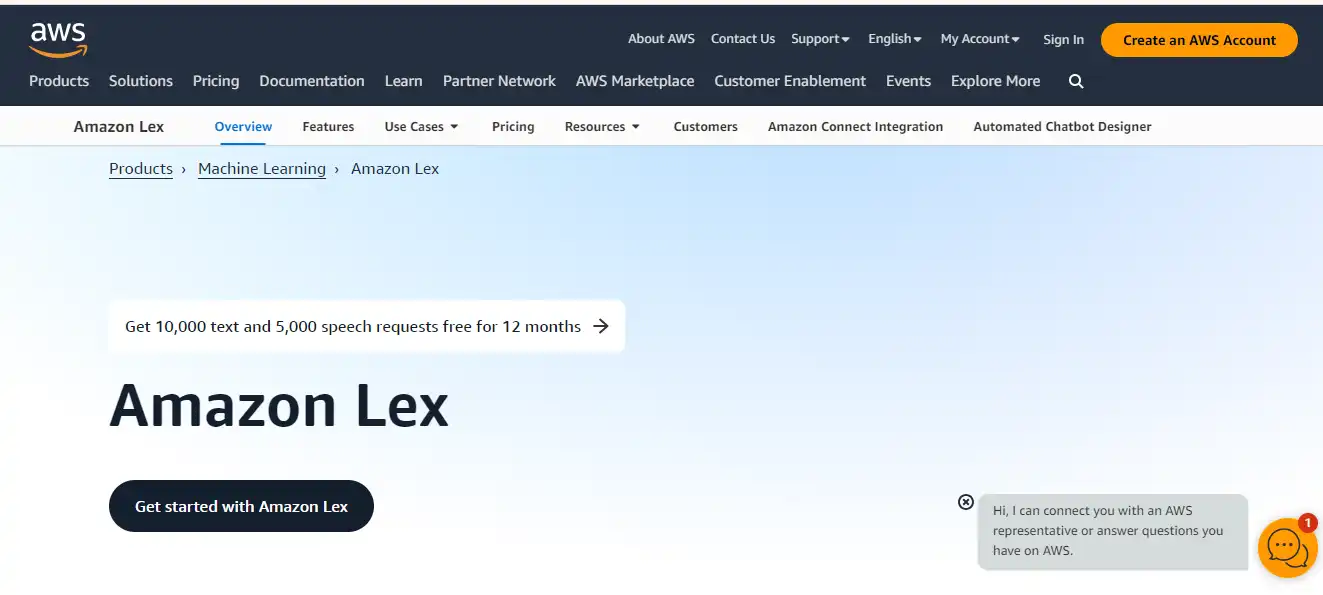
- Strengths: Automatic speech recognition, robust natural language understanding, and seamless integration with the AWS ecosystem.
- Considerations: Cost might scale with usage, requiring familiarity with AWS infrastructure.
Microsoft Bot Framework
- Strengths: Intelligent conversational agents, solid integration with Azure services, and a supportive community.
- Considerations: Cost might vary with Azure service usage, requiring familiarity with the Microsoft ecosystem.
Suggested Reading:
DialogFlow: 5 Ways to Automate Your Business Tasks
Rasa Open Source
- Strengths: Full customization, strong intent recognition, and entity extraction with active community support.
- Considerations: Requires technical expertise for extensive customization; might involve more development efforts.
BotPress
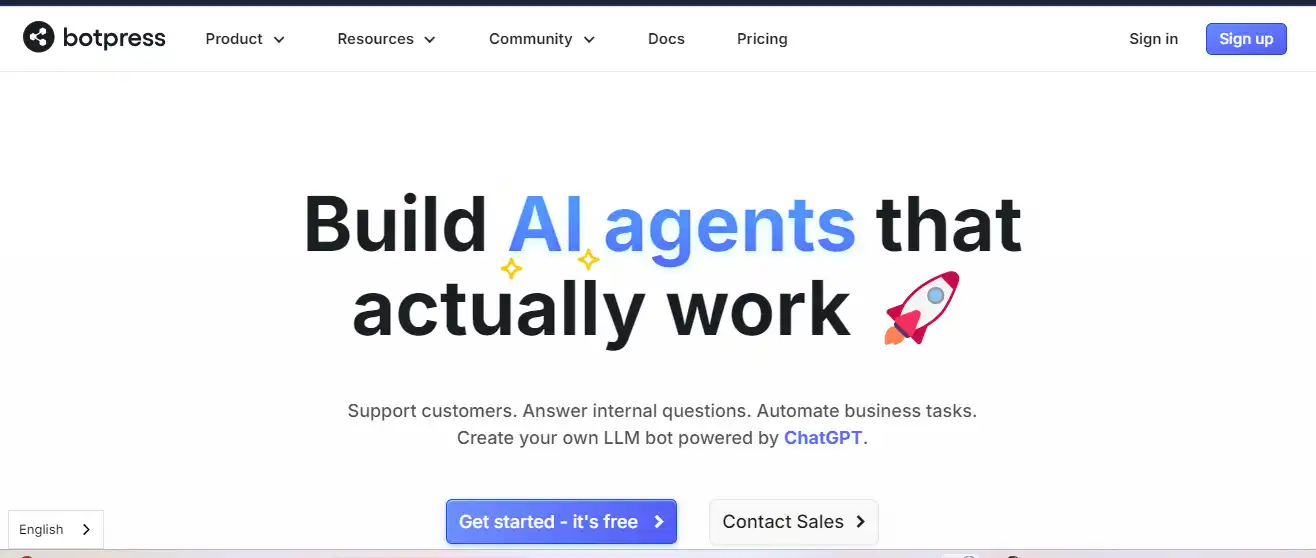
- Strengths: Natural language understanding, visual flow builder, and open-source nature with community support.
- Considerations: Open-source nature might require deeper technical involvement for customization.
Botstar
- Strengths: User-friendly drag-and-drop builder, multi-language support, and ease of use for non-technical users.
- Considerations: There might be limitations in advanced customization; pricing structures could impact scalability.
Tars
- Strengths: AI-powered conversation design, CRM integration, and analytics for lead generation.
- Considerations: Primarily focused on specific use cases like lead generation; pricing models and features might limit broader applications.
Conclusion
Dialogflow undoubtedly sparked the emergence of conversational interfaces, but the limitations left users desiring more.
As explored throughout this guide, formidable options exist today to create intelligent chatbots, voice assistants, and other interactive AI agents without Dialogflow.
Open-source frameworks like Rasa provide unmatched flexibility for developers to customize conversation flows and contexts.
Microsoft, IBM, and AWS platforms integrate tightly with their enterprise stacks. Complete solutions let anyone build basic bots visually without coding. The raw material for innovating how humans and machines interact continues to advance rapidly.
Evaluating specific requirements around language support, analytics, scalability, and team skills leads to the ideal alternative that matches one's use case.
Testing different solutions for proof of concepts aids in deciding which aligns best with conversational AI aspirations. Abundant resources exist to build bots leveraging machine learning from prototype to full production.
With multi-channel, secure, and intelligent conversations now realistically achievable outside the Dialogflow ecosystem, the only limit is one's imagination.
As startups, developers, and enterprises unlock new ideas to delight customers and streamline workflows with artificial assistants, it's an exciting time. Conversational AI indeed has a bright future beyond Dialogflow!
Suggested Reading:
Exploring the Top 8 Built-in Integrations of Dialogflow
Frequently Asked Questions (FAQs)
What are the key features of IBM Watson Assistant as an alternative to Dialogflow?
IBM Watson Assistant offers natural language understanding, machine learning capabilities, and easy integration with Watson services, making it a robust alternative for building conversational AI.
How does Amazon Lex compare to Dialogflow?
Amazon Lex provides automatic speech recognition, natural language understanding, and integration with the AWS ecosystem, making it a competitive alternative for conversational AI development.
What are the advantages of Microsoft Bot Framework over Dialogflow?
Microsoft Bot Framework offers features like intelligent conversational agents, development tools, integration with Azure services, and a strong support community, making it a reliable alternative to Dialogflow.
Why should I consider Rasa Open Source an alternative to Dialogflow?
Rasa Open Source offers intent recognition, entity extraction, and contextual dialogue management, providing a high level of customization and community support as a worthy alternative to Dialogflow.
What are the key features of BotPress as a Conversational AI platform?
BotPress provides natural language understanding, a visual flow builder, and integration capabilities, making it a user-friendly and versatile option for building conversational AI.
How does Tars differ from Dialogflow as a Conversational AI platform?
Tars focuses on lead generation and customer support with AI-powered conversation design, integration with popular CRMs, and analytics capabilities, offering a unique alternative to Dialogflow.











